The La Veta Pass camera provides real-time views of road conditions, weather, and traffic on US-160 in Colorado. It helps travelers plan safer routes through the mountains. Stay updated with live images from the La Veta Pass camera before your next trip.
“Stay tuned with us as we explore everything you need to know about the La Veta Pass camera—from live road updates to weather conditions and travel tips.”
Introduction to La Veta Pass Camera
La Veta Pass, nestled in the Sangre de Cristo Mountains of southern Colorado, is a vital mountain route that connects Walsenburg and Fort Garland via U.S. Highway 160. This high-altitude passage often experiences rapidly shifting weather conditions, especially in the colder months. To help travelers navigate this area safely, the La Veta Pass Colorado camera plays a crucial role.
By providing real-time visuals of the road and surrounding terrain, the camera helps drivers make informed decisions before hitting the highway. Whether you’re a local commuter, a tourist heading to the San Luis Valley, or a truck driver transporting goods, staying updated with current road conditions via the La Veta Pass camera today can make a significant difference in your travel safety and planning.
With the growing importance of road safety and digital monitoring, the La Veta Pass camera has become a trusted tool for anyone traveling through this mountainous terrain. In this guide, we’ll explore everything you need to know—from where to access the camera, to how to use it effectively during all seasons.
Why Check the La Veta Pass Camera Before Traveling?
Mountain passes like La Veta are prone to sudden weather shifts, with snowstorms, icy patches, fog, and strong winds that can develop in a matter of hours. The La Veta Pass camera today offers a live window into these conditions, helping travelers anticipate what lies ahead.
For instance, during winter months, black ice can form unexpectedly, making driving treacherous. The CDOT La Veta Pass camera allows users to spot snow accumulation, lane visibility, and vehicle movement before they even step into their car. This is especially useful for early morning travelers who may be unaware of overnight snowfall.
Long-distance truckers and logistics companies rely heavily on this feed to schedule deliveries and avoid delays. Similarly, local authorities and emergency services use the footage to monitor hazards and respond to incidents more efficiently. Recreational visitors planning hikes or scenic drives also benefit by checking the current environment, ensuring they arrive prepared and safe.
If you’re asking, “Is La Veta Pass open right now?”, the camera provides an immediate visual answer, often more accurate than general weather reports.
How to Access the La Veta Pass Camera Online
Accessing the La Veta Pass camera is straightforward and doesn’t require any technical knowledge. Most users view it via the CDOT La Veta Pass official website, which provides live feeds and still image snapshots refreshed every few minutes. These platforms are mobile-friendly, making them perfect for on-the-go updates.
Several weather websites and mobile apps, such as WeatherBug, Drive Colorado, and COTrip.org, also integrate La Veta Pass camera map functionality, showing where the camera is positioned and how it relates to the pass itself.
Simply navigate to their road conditions or cameras section, and select “US-160 La Veta Pass.” If you’re viewing a La Veta Pass camera map, you can easily find it placed near the summit and key switchbacks.
Bookmarking the camera link or enabling location-based push notifications can streamline updates. Some apps combine visuals with the La Veta Pass road conditions today map, giving you a dual advantage: visual confirmation and written status updates.
What You Can See on the La Veta Pass Camera
The La Veta Pass camera provides a broad and informative view of the pass’s current conditions. Positioned strategically near the summit and along critical turns, the camera captures real-time images of the roadway, surrounding terrain, weather visibility, and even passing vehicles.
Travelers can assess several key indicators from these visuals:
- Road surface clarity: Is it dry, wet, snowy, or icy?
- Traffic density: Are vehicles moving freely, or is there congestion?
- Sky conditions: Clear skies, fog, heavy cloud cover, or snowfall
- Shoulder and lane markings: Crucial for night or low-visibility driving
If you’ve heard of an accident on La Veta Pass today, the camera can often provide a visual context or clue about traffic disruption or emergency response in the area.
While it doesn’t provide video, still images are refreshed frequently with timestamps. They give a reliable snapshot that travelers can interpret to plan safely.
Seasonal Importance of La Veta Pass Camera Feeds
The utility of the La Veta Pass camera shifts with the seasons, making it valuable year-round. In winter, the pass frequently experiences heavy snow, ice, and reduced visibility. Monitoring the camera becomes essential for detecting hazardous stretches or determining when snowplows have cleared the road.
Spring brings challenges like melt-off and rockslides. Pooled water or slick mud may not be forecasted but can be spotted through the camera feed. The transition period also sees unpredictable storms and cold snaps, which are easy to misjudge without a visual check.
Summer conditions may seem safer, but the pass still presents risks. Tourist traffic increases, storms can roll in unexpectedly, and strong winds can pose a danger to high-profile vehicles. Watching the camera allows travelers to avoid dense traffic or time their trips around weather patterns.
If you’re wondering, “Is La Veta Pass closed?”, real-time visuals and the La Veta Pass road conditions today map can give a direct answer with supporting context.
Fall, with early snow and increased wildlife movement, adds its own risks. The camera helps detect changing road textures and low-hanging fog, particularly early in the morning and around dusk.
La Veta Pass Road Conditions and Weather Forecast
The La Veta Pass area is known for its dynamic and sometimes unpredictable weather. Situated at over 9,400 feet, the pass frequently experiences snow from late fall through early spring, while the summer months can bring intense afternoon thunderstorms.
By combining the La Veta Pass camera with local weather forecasts and the La Veta Pass road conditions today map, travelers get a clear, multi-angle perspective of what lies ahead.
Road conditions may include:
- Dry and clear pavement
- Partially snow-covered or slushy roads
- Icy or fully snow-packed surfaces
- Limited visibility due to fog or heavy precipitation
Even on seemingly clear days, shaded portions of the road can remain icy for hours. This is why visual confirmation is always preferable. The CDOT La Veta Pass alerts often complement the camera feed with advisories, closures, and traction laws.
Benefits for Tourists, Locals, and Transportation Services
The La Veta Pass camera serves a wide audience, offering benefits that go beyond road safety. For tourists, it helps in planning scenic drives or outdoor activities like hiking, photography, and camping. Being able to visually confirm road accessibility and weather clarity enhances the overall travel experience.
Locals commuting between towns like Walsenburg, La Veta, and Fort Garland use the camera for daily reliability. Whether heading to work or running errands, avoiding delays or road closures saves time and fuel.
For delivery services and logistics companies, understanding real-time conditions on the pass—particularly during snowstorms or when there’s an accident on La Veta Pass today—is invaluable. Efficient planning results in safer, timelier deliveries.
Emergency services also depend on the camera for monitoring and dispatch, especially when travelers report dangerous road segments or ask, “Is La Veta Pass open right now?”
Comparing La Veta Pass Camera With Other Colorado Mountain Pass Cameras
Colorado is home to several mountain pass cameras, each offering a unique perspective depending on terrain and traffic. While the La Veta Pass camera focuses on southern Colorado, others like Monarch Pass, Wolf Creek Pass, and Cumbres Pass cover different corridors.
| Feature | La Veta Pass Camera | Wolf Creek Pass | Monarch Pass | Cumbres Pass |
| Elevation | 9,413 ft | 10,856 ft | 11,312 ft | 10,022 ft |
| Traffic Volume | Moderate | Heavy | Moderate | Low |
| Live Image Frequency | Every few minutes | Every 5 mins | Every 10 mins | Sporadic |
| Snowfall (Annual Avg.) | Moderate-Heavy | Very Heavy | Heavy | Moderate |
| Tourist Use | Medium | High | Medium | Low |
Some users confuse the La Veta Pass camera I 70 with others, but it’s worth noting that La Veta Pass is on US-160—not Interstate 70. For I-70, you’ll need to view cameras on Vail Pass or Eisenhower Tunnel.
Tips for Using the La Veta Pass Camera Efficiently
To make the most out of the La Veta Pass camera, timing and interpretation are key. The best time to check the camera is early in the morning, just before your trip begins. This gives you a real-time view of overnight changes or early storm activity.
Refresh the feed multiple times to see if there are visual changes. Use timestamps to determine if the feed is current, especially in cases where you suspect an accident on La Veta Pass today or heavy snowfall has impacted visibility.
If you’re using apps or travel tools that feature the La Veta Pass camera map, consider enabling alerts for weather changes, closures, or abnormal traffic conditions. Combining the camera with GPS-based navigation gives you the most comprehensive view of your route.
Common Issues & Troubleshooting With La Veta Pass Camera Access
Occasionally, users might face problems accessing the La Veta Pass camera. One common issue is a frozen or outdated image. When this happens, check the timestamp and refresh the page. If it remains static, the camera might be undergoing maintenance or facing poor weather interference.
Some users mistakenly look for La Veta Pass camera I 70, but it’s important to search by “US-160” to access the correct feed. Also, check if you’re using the official CDOT La Veta Pass platform, as third-party sites might lag or lack camera updates during severe conditions.
When experiencing outages, local social media pages often share recent screenshots or alternative feeds to keep you informed.
Future Developments and Enhancements in La Veta Pass Camera Technology
Colorado’s transportation network is constantly evolving. Planned enhancements to the La Veta Pass camera may include high-definition video feeds, automatic weather tagging, and integration with AI-driven analytics.
Improvements may also allow for better La Veta Pass camera map overlays, showing multiple angles and wider coverage of key turns and climbs. This helps drivers make quicker, smarter decisions, especially when unexpected issues like fog, debris, or crashes occur.
Advanced features might even allow the camera to communicate directly with vehicle navigation systems, alerting drivers if they’re entering dangerous zones or icy patches.
How Local Authorities Use the La Veta Pass Camera
Local authorities utilize the La Veta Pass camera for a wide range of safety and planning purposes. Maintenance teams rely on the feed for visual cues on when to deploy plows or salt trucks. Meanwhile, police and first responders use the footage to verify reports of accidents, stalled vehicles, or weather-related incidents.
When travelers inquire, “Is La Veta Pass open right now?”, officials often refer to the camera feed before updating road status platforms or issuing closures.
The camera also allows authorities to validate what’s shown on the La Veta Pass road conditions today map, ensuring consistency between visual and written data.
FAQs About La Veta Pass Camera
Q1: Is the La Veta Pass camera feed available 24/7?
Yes, the feed is live all day and updated regularly with fresh images.
Q2: Can I view the La Veta Pass camera map to locate the feed?
Yes, most traffic sites include a La Veta Pass camera map for easy access.
Q3: Is La Veta Pass closed during severe storms?
Closures depend on weather severity. Always check the CDOT La Veta Pass site for up-to-date alerts.
Q4: Can I use this camera to confirm if there’s an accident on La Veta Pass today?
Yes, the feed may show emergency vehicles or delays, offering visual context.
Q5: Is the La Veta Pass camera the same as the I-70 pass camera?
No, they are separate. La Veta is on US-160, while I-70 has different camera systems.
Conclusion: Stay Informed With La Veta Pass Camera
The La Veta Pass camera is more than just a helpful tool—it’s a vital asset for safe travel across one of Colorado’s key mountain routes. By providing real-time insights into road and weather conditions, it empowers tourists, locals, and commercial drivers alike to make informed decisions.
Also Read:
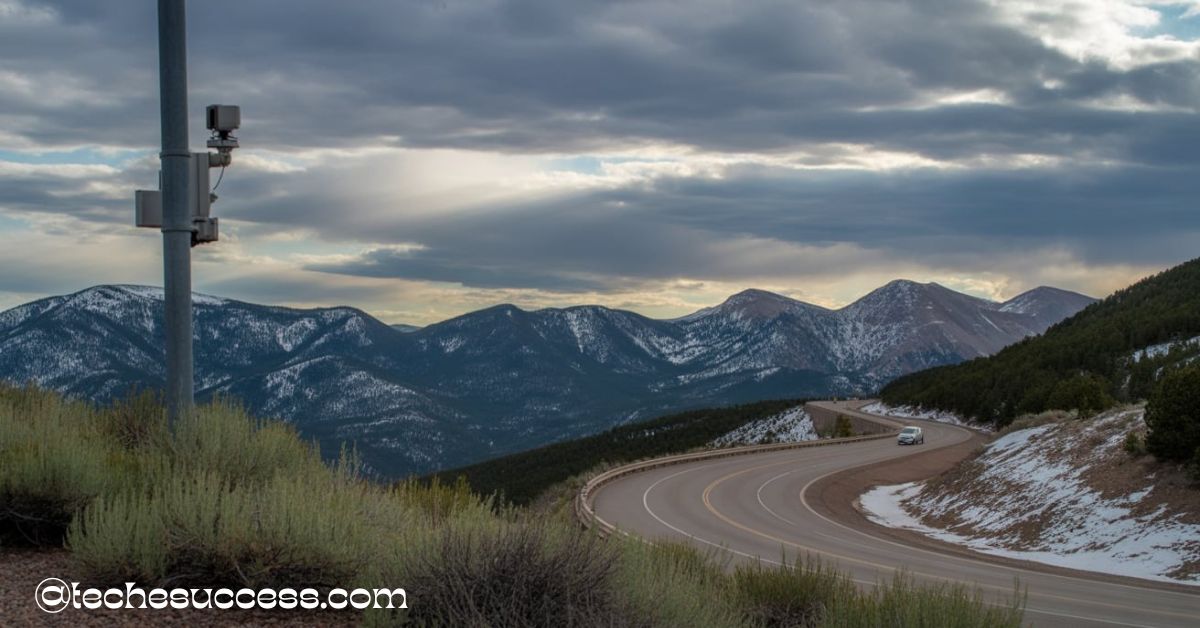

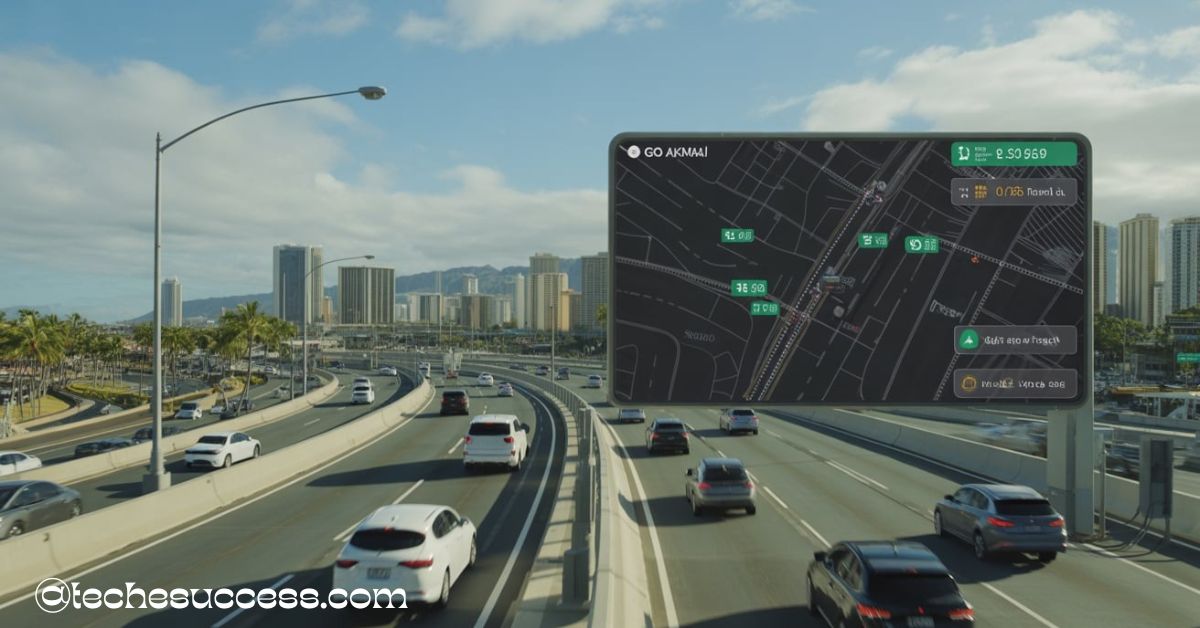



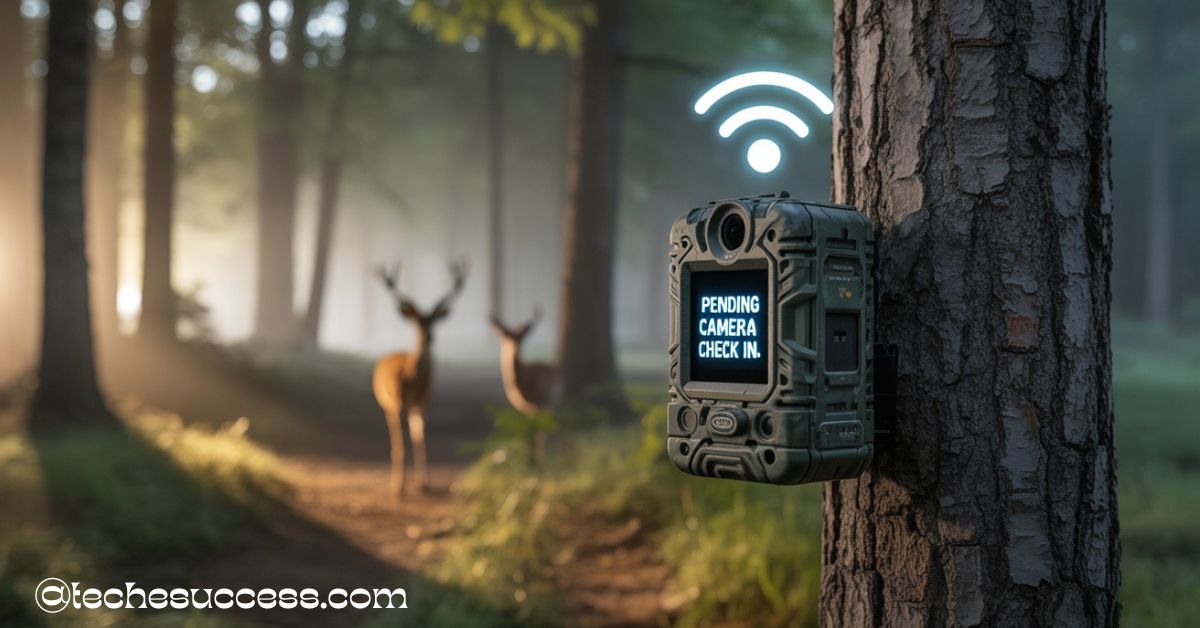

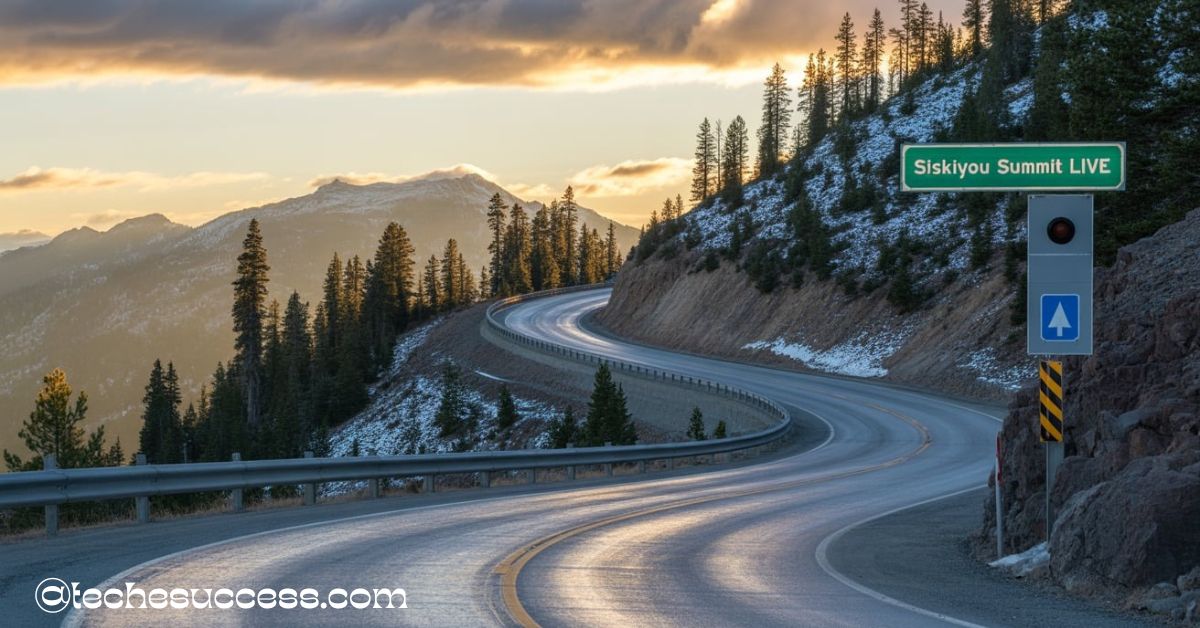
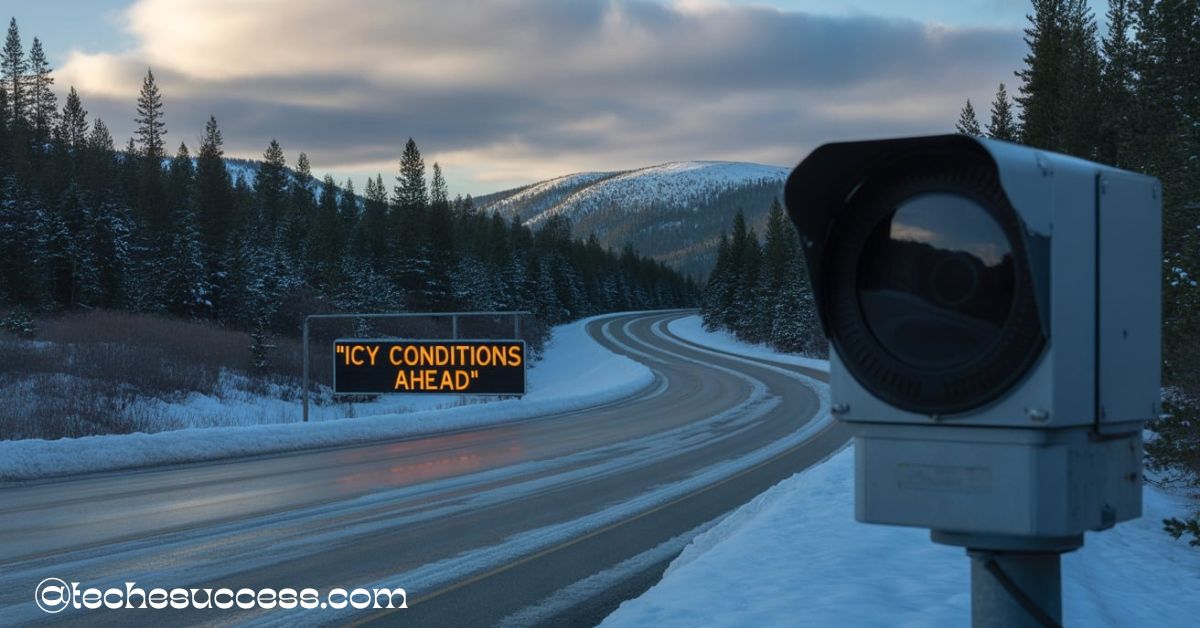



Leave a Reply